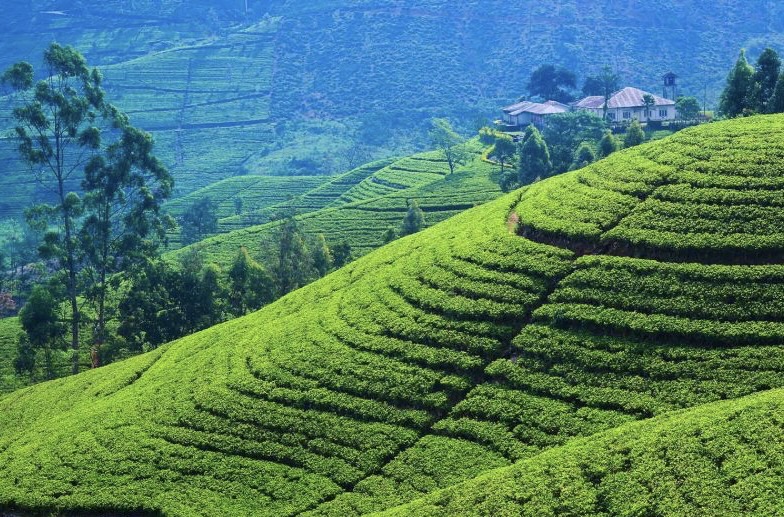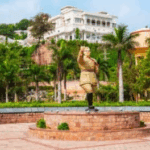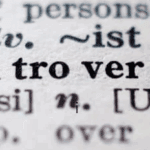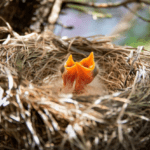
Exploring the Similarities Between Kerala and Sri Lanka

Kerala, a state on the southwestern coast of India, and Sri Lanka, an island nation to the south of India, share remarkable similarities in culture, geography, and economy. Despite being separated by the Indian Ocean, the historical ties and geographical proximity have fostered a deep connection between these two regions. Let’s delve into the similarities that bind Kerala and Sri Lanka.
1. Geographic and Climatic Parallels
Geography: Both Kerala and Sri Lanka boast lush, tropical landscapes characterized by long coastlines, backwaters, and rich biodiversity. Kerala is bordered by the Arabian Sea on the west, while Sri Lanka is an island surrounded by the Indian Ocean.
Climate: The climate in both regions is tropical, with heavy rainfall during the monsoon season. Kerala experiences its monsoon from June to September and from October to November, while Sri Lanka has two monsoon seasons: the southwest monsoon from May to September and the northeast monsoon from December to February.
Biodiversity: Both regions are rich in flora and fauna. The Western Ghats in Kerala are a UNESCO World Heritage site, known for their high biodiversity, similar to Sri Lanka’s Sinharaja Forest Reserve.
2. Cultural and Historical Affinities
Language and Ethnicity: Kerala is predominantly inhabited by Malayalis, who speak Malayalam. Similarly, Sri Lanka has a significant Tamil-speaking population, especially in the Northern and Eastern provinces, creating a linguistic and ethnic bridge between the two regions.
Religion: Hinduism, Buddhism, Christianity, and Islam are practiced in both Kerala and Sri Lanka. Kerala’s historical ties with Buddhism, especially in the early centuries, reflect in some ancient architectural sites similar to those found in Sri Lanka. The Padmanabhaswamy Temple in Kerala and the Temple of the Tooth in Kandy, Sri Lanka, are significant religious sites in their respective regions.
Festivals: Both regions celebrate colorful festivals that showcase their cultural vibrancy. Onam, the harvest festival of Kerala, and Vesak, the celebration of Buddha’s birth, enlightenment, and death in Sri Lanka, are major events that attract tourists from around the world.
3. Economic and Social Indicators
Agriculture and Fisheries: Agriculture plays a crucial role in the economies of both Kerala and Sri Lanka. Kerala is known for its spices, rubber, tea, coffee, and coconut production, while Sri Lanka is famous for its tea, rubber, coconut, and spices. Both regions have a significant fishing industry, contributing to their economies and diets.
Tourism: Tourism is a vital industry in both Kerala and Sri Lanka. Kerala, often referred to as “God’s Own Country,” attracts tourists with its backwaters, hill stations, and Ayurvedic treatments. Sri Lanka, known as the “Pearl of the Indian Ocean,” draws visitors with its ancient ruins, wildlife, and pristine beaches. In 2019, Kerala attracted around 1.19 million foreign tourists, while Sri Lanka welcomed approximately 1.91 million.
Education and Healthcare: Both regions have made significant strides in education and healthcare. Kerala boasts the highest literacy rate in India at 96.2%, while Sri Lanka’s literacy rate is also impressive at around 92.3%. In healthcare, Kerala has a robust public health system, and Sri Lanka offers free healthcare services to its citizens, ensuring high life expectancy rates.
4. Culinary Traditions
Cuisine: The culinary traditions of Kerala and Sri Lanka are marked by the extensive use of spices, coconut, and rice. Both cuisines are known for their flavorful curries and seafood dishes. Kerala’s famous dishes include appam and stew, fish molee, and Kerala sadya, while Sri Lankan cuisine features dishes like rice and curry, hoppers, and kottu roti.
Tea Culture: Both regions have a strong tea culture, with Kerala’s Munnar region and Sri Lanka’s central highlands being famous for their tea plantations. The tea from these areas is renowned for its quality and flavor, contributing significantly to their economies.
Conclusion
Kerala and Sri Lanka, with their striking similarities, offer a rich tapestry of culture, history, and natural beauty. Their shared geographic features, cultural traditions, and economic activities create a unique bond that transcends borders. Exploring these regions reveals the deep-rooted connections and the vibrant heritage that continue to flourish in both Kerala and Sri Lanka.
Hello, I am Aman (: Full Time Traveler :) At the age of 41, in April 2023, fueled by my love for travel and the determination not to remain fixed like a tree, I embarked on a bold journey. Having dedicated 17 years to a corporate job, I chose to transition from a full-time employee to a full-time traveler, driven by the desire to break free from the routine and constraints of a conventional life. Along the way, I not only explored the wonders of travel but also uncovered the transformative power of financial freedom. I realized how it could liberate me to lead a life teeming with adventure, purpose, and fulfillment. Through my blogs, I am passionately sharing my story, aiming to inspire and provide valuable guidance to those, like me, who aspire to weave travel into a life overflowing with limitless possibilities.






















Post Comment
You must be logged in to post a comment.